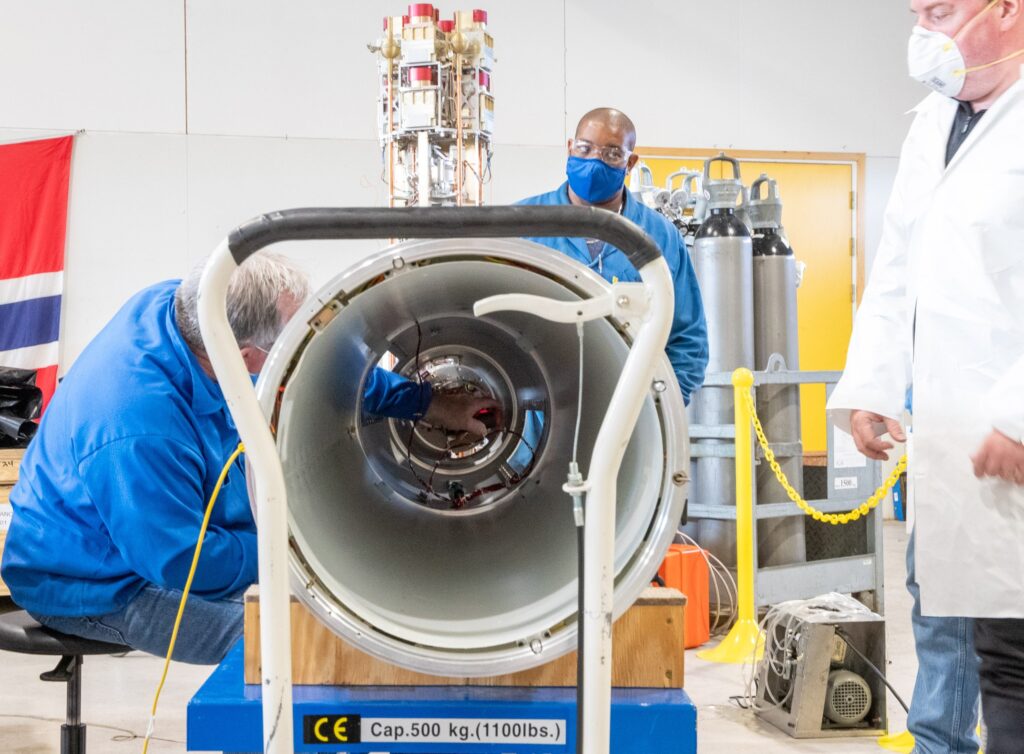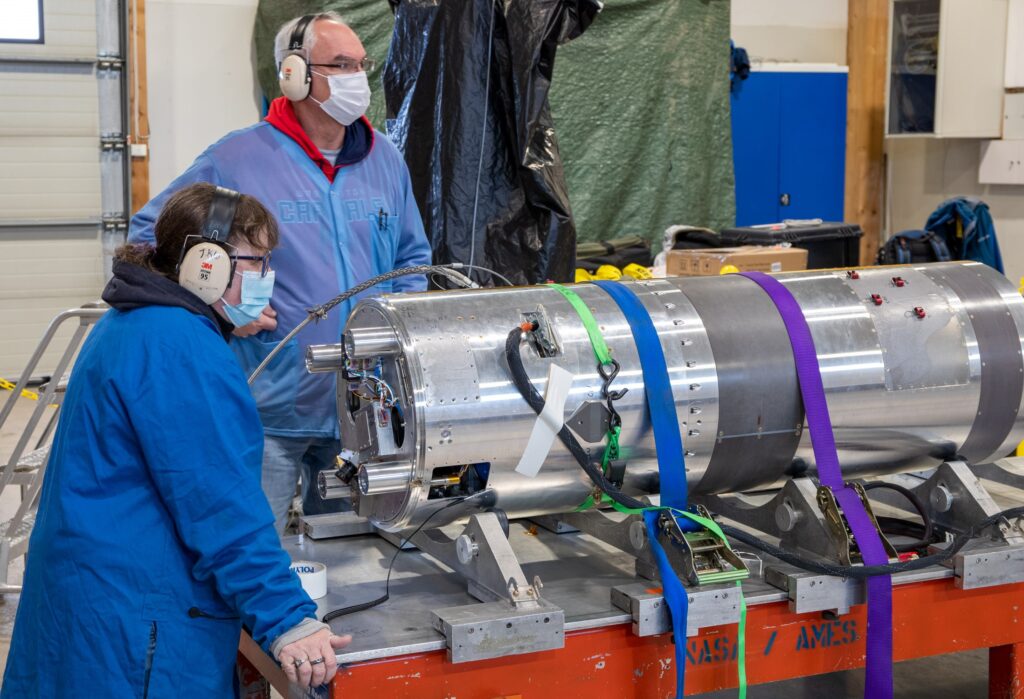Earth’s electrical field is to be measured for the first time. It will be done with a NASA research rocket launched from Andøya Space’s launch site on Ny-Ålesund, Svalbard.
Why is there life on Earth but not on Mars or Venus? Our neighbors have a lot in common with Earth. Once they looked even more similar than what they do today, and had liquid water on their surfaces and in their atmospheres. So why today is Earth the only one with life?
One of the culprits may be the electrically charged field in the atmosphere known as the ionosphere. Here, the intense light from the sun converts water in the atmosphere to oxygen and hydrogen, which then dissapears into space. Over time this process removes water from Mars and Venus.
But Earth also have an ionosphere. This is where the northern lights are created when electrically charged particles from the sun collides with Earths magnetic field and is drawn towards the polar regions. Why haven’t Earth’s atmosphere made Earth’s water leak into space?

Is Earth’s water disappearing through the ionosphere?
This is the main focus for the research rocket Endurance. It will measure the electrical field in the ionosphere, the strength, size and to what extent it converts water and leaks the remains out to space. It is the first time this experiment have been conducted.
Endurance will launch from Ny-Ålesund on Svalbard sometime between May 9th and May 26th. The launch window goes from 03:00 to 07:00. From Ny-Ålesund the rockets trajectory will be in a southwestern direction, with an expected apogee of about 800 kilometers.

Weaker than a wristwatch battery
– One of the reasons Earth have life is probably due to our electrically weak ionosphere, which is only about 0.3 volt and thus weaker than the battery of a typical wristwatch, and 25 times weaker than the ionosphere of Venus, says Glyn Collinson at NASA’s Goddard Space Flight Center and Catholic University of America.
He is in charge of the scientific scope of Endurance in collaboration with NASA, and conducts research on the the electrical fields of Earth, Venus, Mars and other celestial bodies in the solar system.
– With Endurance we will measure one of the basic properties of Earth, directly connected to why there is life and humans here. The scientific reward of this work can therefore be great, says Collinson.

Can only be done from Andøya and Svalbard
– Our launch sites at Andøya and Ny-Ålesund are some of the very few places in the world where it is possible to investigate the ionosphere and its electrical field using research rockets, says Kolbjørn Blix, director of sounding rockets and Andøya Space. – In addition to the launch sites, scientists have access to a well developed science intrastructure and several groundbased instrument sites, in order to monitor the parameters needed to decide when the research rockets should launch.

